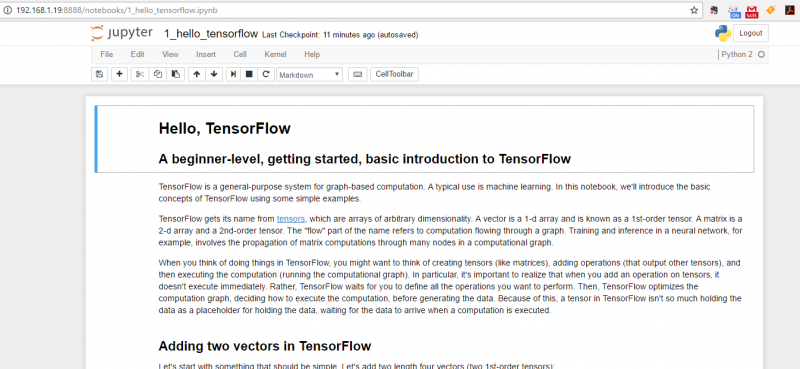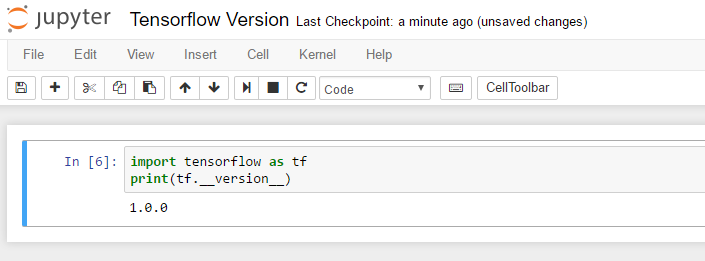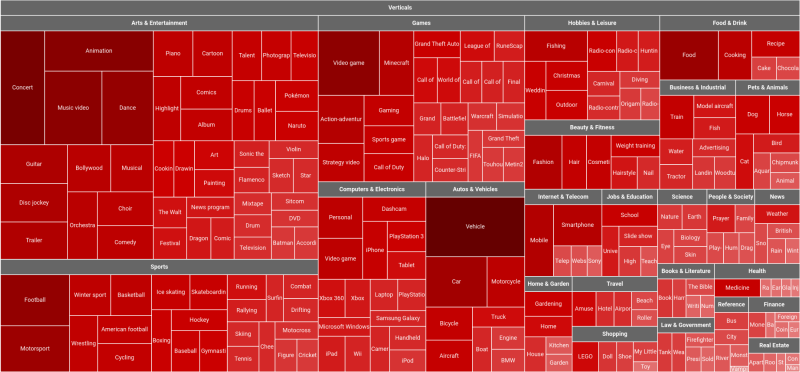The Google machine learning team has been busy as of late. The company released TensorFlow 1.0 and we also saw an updated YouTube-8M dataset get released which is a reasonable !~1.7TB dataset to use with the new TensorFlow release. Google specifically releases the YoutTube-8M in a format easy to use with TensorFlow.
TensorFlow 1.0 Released
You can upgrade previous 0.x versions of Tensorflow via an automated upgrade script, however, we have heard many users needing to perform manual steps. TensorFlow 1.0 brings new API changes that may not be backward compatible.

For existing users, we suggest reading the migration changes that discuss some of the major change items. For those who have not yet started on TensorFlow, look for updated code and examples in the near future.
If you want to check what version of Tensorflow you are using via a jupyter notebook, here is a simple two liner using Python 2:

You can see that running the cell gives you 1.0.0 for the initial TensorFlow 1.0 release. Here are the two lines so you can copy/ paste:
import tensorflow as tf
print(tf.__version__)
There are many demo environments setup so make sure you know what version you are on. We can confirm that popular Docker images such as: gcr.io/tensorflow/tensorflow:latest-gpu are already installing 1.0.0.
YouTube-8M Dataset Update
Google also announced that it updated its 1.7TB YouTube-8M dataset:
The new and improved YouTube-8M includes cleaner and more verbose labels (twice as many labels per video, on average), a cleaned-up set of videos, and for the first time, the dataset includes pre-computed audio features, based on a state-of-the-art audio modeling architecture, in addition to the previously released visual features. The audio and visual features are synchronized in time, at 1-second temporal granularity, which makes YouTube-8M a large-scale multi-modal dataset, and opens up opportunities for exciting new research on joint audio-visual (temporal) modeling.
Tree visualization of the YouTube-8M dataset:

As you can see, the dataset encompasses many popular areas on YouTube and adding more labels to the dataset is welcome.
Final Words
TensorFlow is awesome, and relatively easy to use. We are glad to see Google releasing both updated versions of TensorFlow but also additional datasets to use as well.



